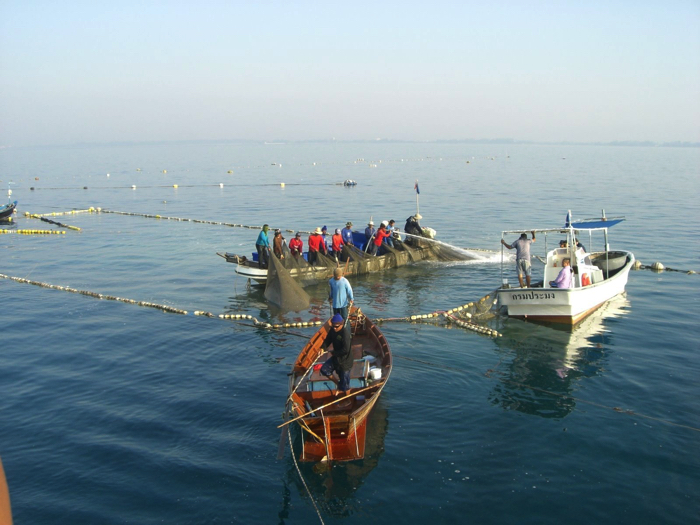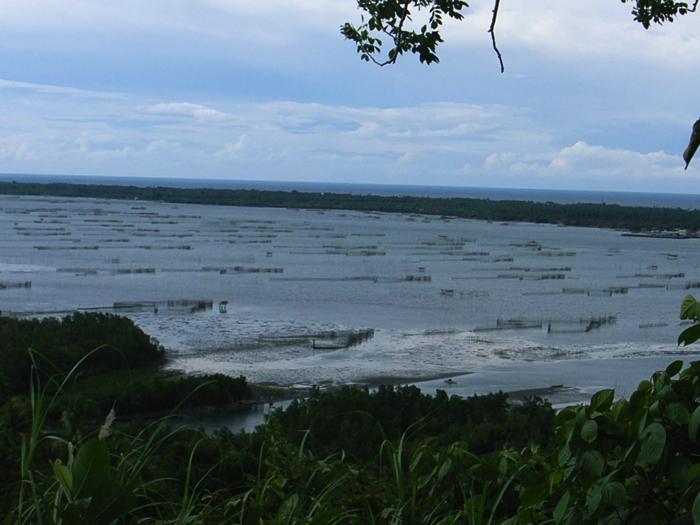- Project Leader : Ishikawa Satoshi (School of Marine Science and Technology, Tokai University)
- Collaborators : Kono Yasuyuki (Center for Southeast Asian Studies, Kyoto University)
- : Ikemoto Yukio (Institute for Advanced Studies on Asia, The University of Tokyo)
- : Kurokura Hisashi (Graduate School of Agricultrual and Life Sciences, The University of Tokyo)
- : Aussanee Munprasit (Training Department, Southeast Asian Fishers Development Center)
- : Jon Altamirano (Aquaculture Department, Southeast Asian Fishers Development Center)
- : Okamoto Junichiro (Graduate School of Fisheries Sciences, Hokkaido University)
- : Arimoto Takafumi (Faculty of Marine Science, Tokyo University of Marine Science and Technology)
- : Kobayashi Takahiro (Advanced Research Center for Human Science, Waseda University)
- : Matsuoka Tatsuro (Faculty of Fisheries, Kagoshima University)
- : Hori Mina (Research and Education Faculty, Multidisciplinary Science Cluster, Kuroshio Science Unit, Kochi University)
Outline of Research
Although similar fisheries species are utilized in Southeast Asian Countries, fishing methods, trade systems and consumption methods of sea products are quite diverse. Besides the management approach, fishery products’ social systems, which are in turn influenced by cultural and social diversities, differ between local areas. In this project, we will try to clarify the differences of utilization and resource management situations and the awareness and attitudes of people who use fisheries resources among different areas. We will also try to understand the use and management, as well as the differences in awareness, towards fisheries and hope to comparatively look at the characteristics of fisheries resource managements in the Southeast Asia.
Description
In Southeast Asian countries facing the South China Sea, some common fish, e.g., Sardine, Scads, Mackerel, and so forth are widely used. However, the fishing methods and trade systems are quite different among countries. The different situations regarding cold chain systems and market accesses, post harvest treatments and price making systems are quite different among different areas. These differences derive from the mismatches of regional awareness of the effective utilization of fish resources and attitudes towards sustainable resource management among remote areas. Hence in this project, we will try to compile detailed data and information regarding fisheries resource utilizations, awareness of uses regarding fishery activities and its products, and current management systems from field surveys. Then, we will clarify the important aspects, data and information for rational and practicable sustainable resource management through careful consideration and comparison of the data and information.
The main research areas of this project are the Gulf of Thailand which is a typical area in the continental area, and Panay Island in the Philippines which is a typical island area. Careful consideration of the current situations among these areas will provide us with a good understanding of the important aspects for rational and practicable resource management of marine resources which are common over a wide area of Asian countries.
We expect that the results of our project will strike a note of warning against current attitudes and offer an evaluation of development in which mere economic growth is highlighted. We hope that we can lead to a new standard of harmonization between development and conservation in coastal areas.


